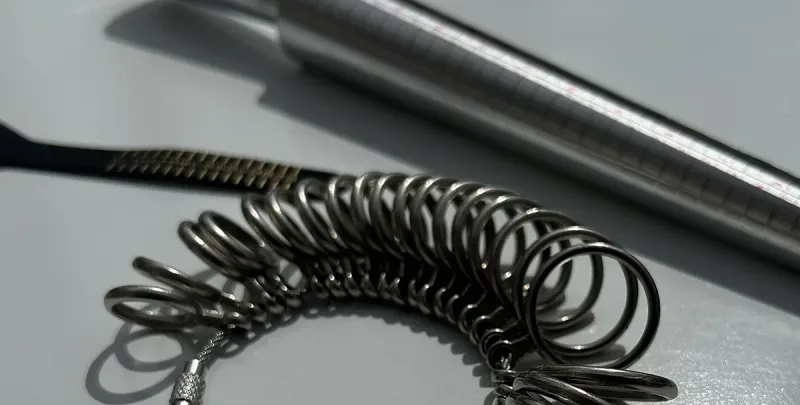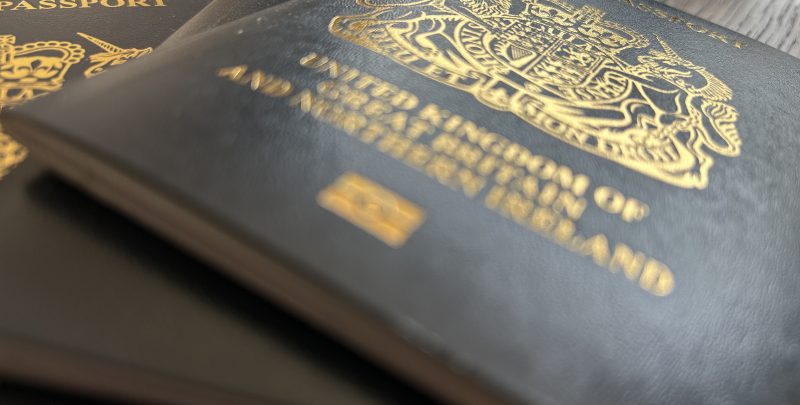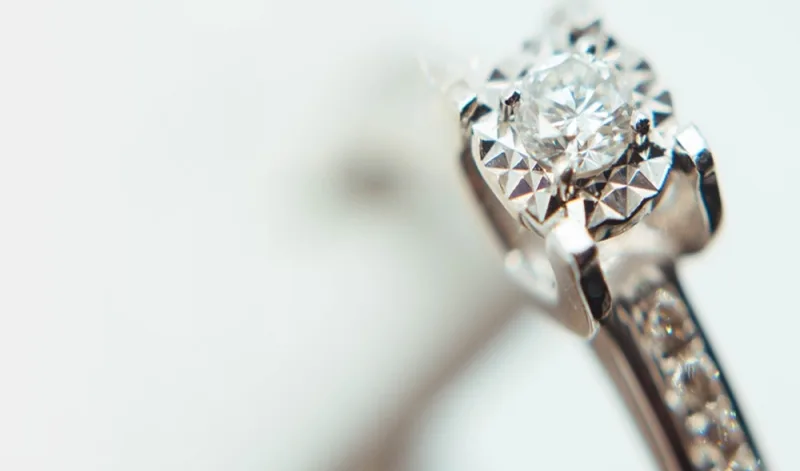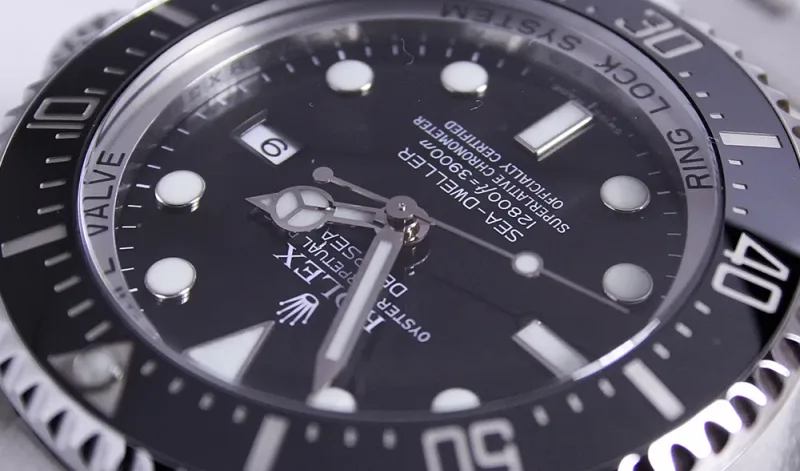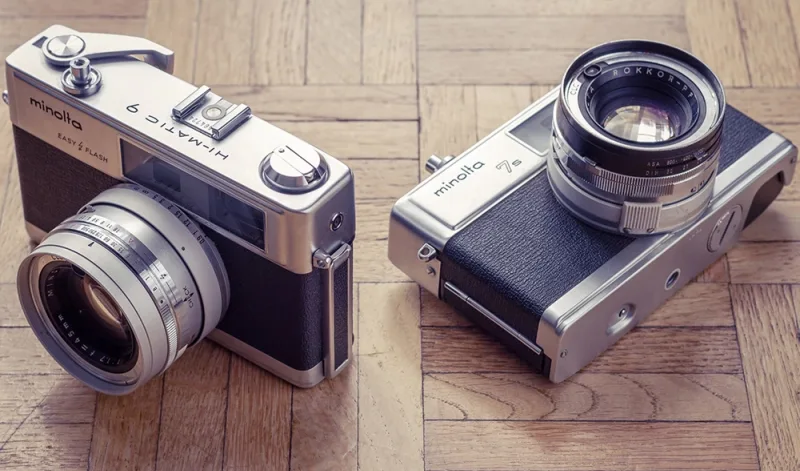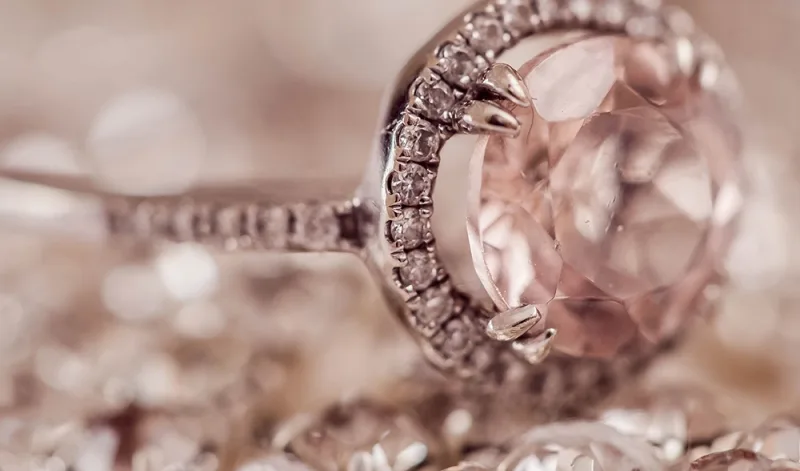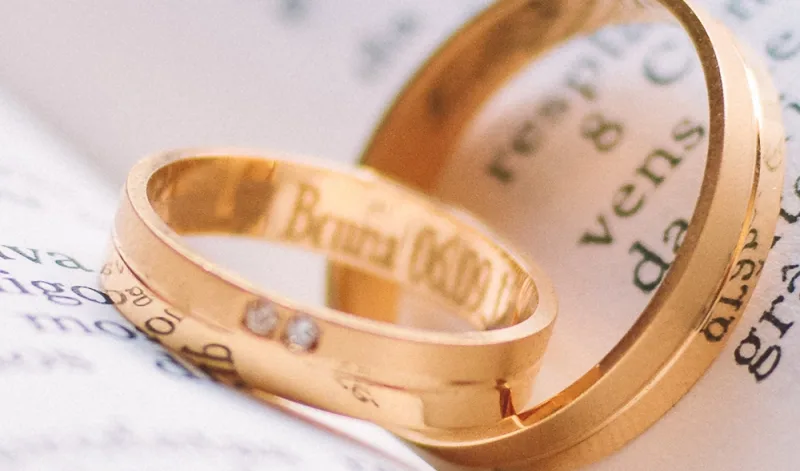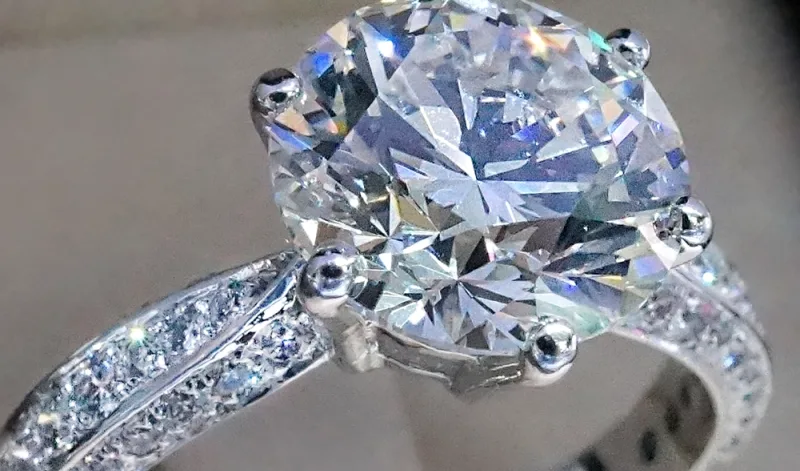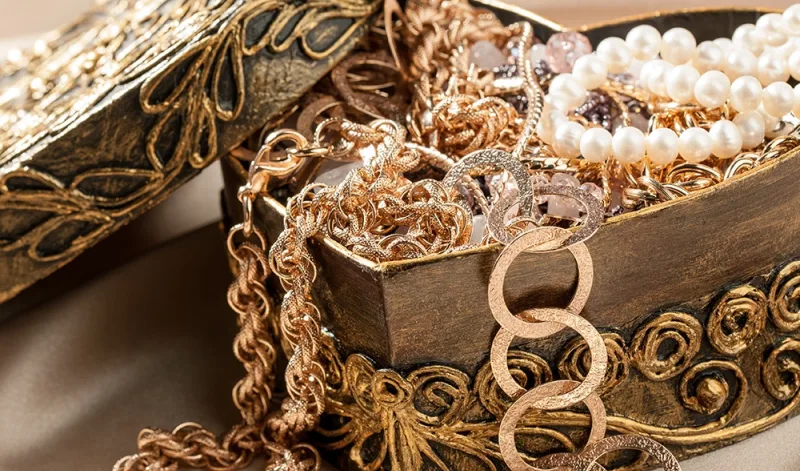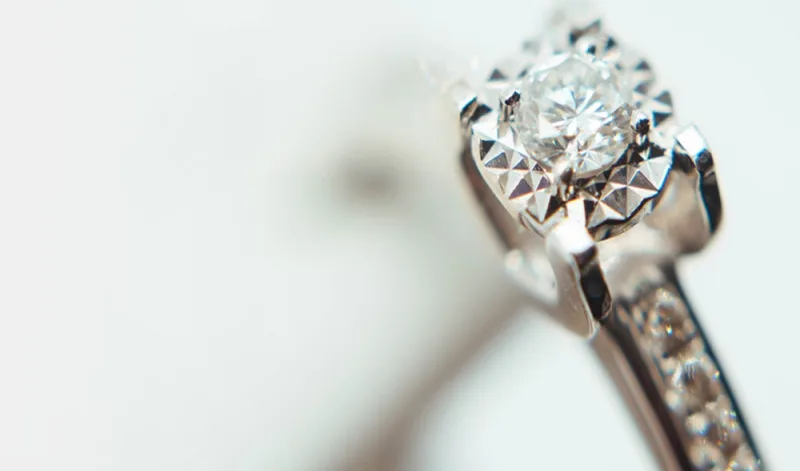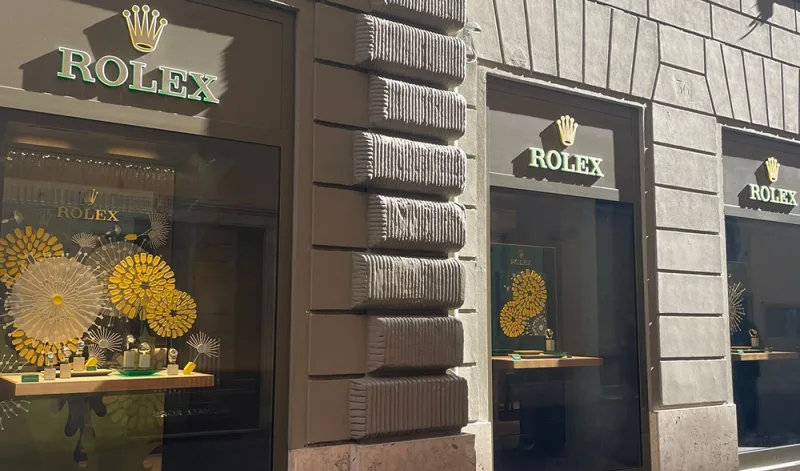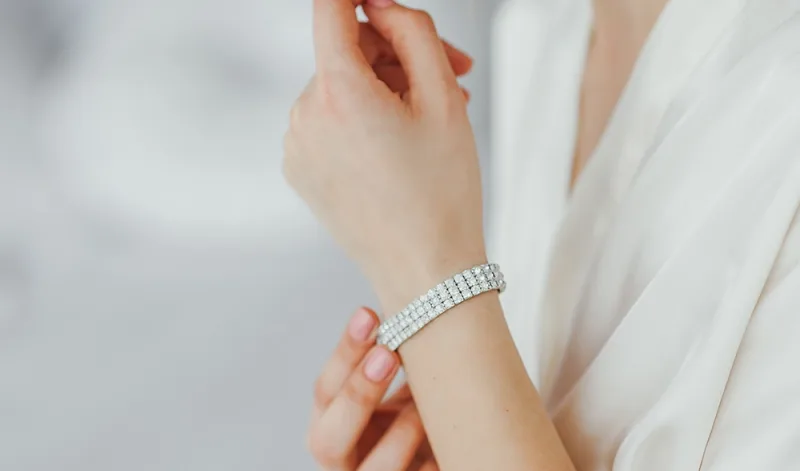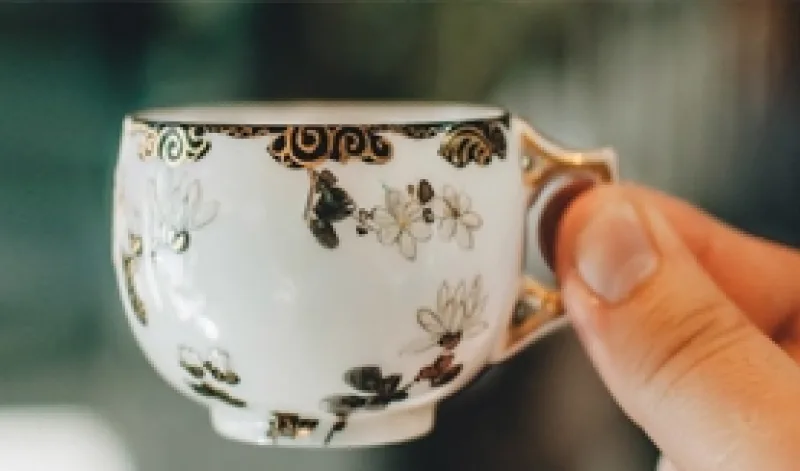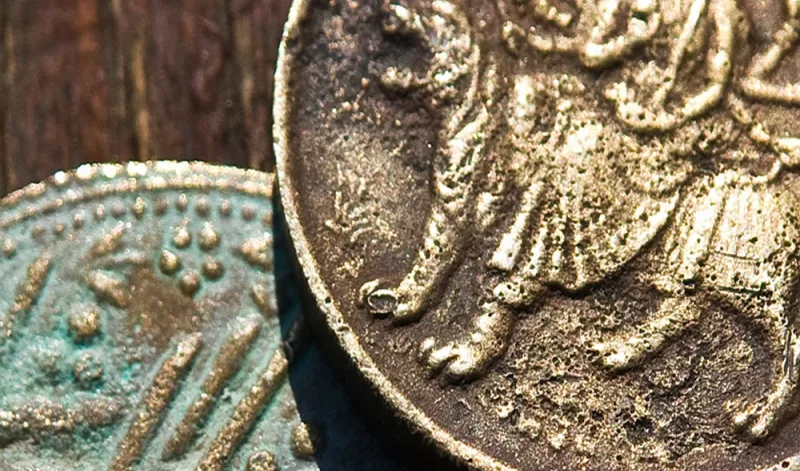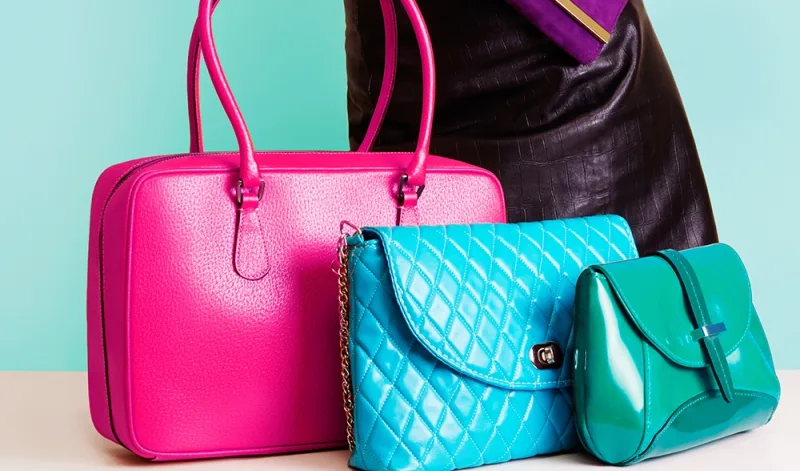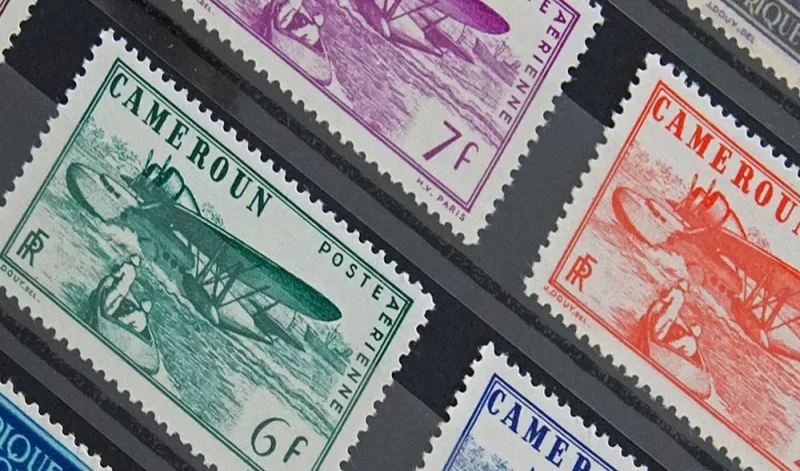We continue our exploration of the world’s most famous diamonds this month with a look at the Sancy. Though one of the world’s largest white diamonds, the stone has had quite a colourful history, prompting one historian to dub it “the Sancy Blood Diamond”. Here delve into its history to find out why the Sancy has become so infamous.
The stone
The stone itself is unquestionably beautiful. It is a wonderfully-cut, 55.23 carat diamond, with a soft, pale yellow hue that is almost unnoticeable if you aren’t looking for it (although in photographs the hue can be quite prominent).
It is said to be one of the first stones to be cut with symmetrical facets, and it is fairly unusual in that it has no pavilion (the lower, pointed half of the traditional ‘brilliant’ cut diamond). Rather, it resembles a shield-shape, with two back-to-back crowns (typically the upper, flat surface of the stone). This has led people to believe the Sancy to be of Indian origin.
As one might expect, the name of the Sancy comes from its first prominent owner, Seigneur de Sancy, the French Ambassador to Turkey and an avid collector of jewellery. The ambassador acquired the stone in 1570; a time when precious stones were enjoying immense popularity across all of Europe.
The odyssey begins
And one fayre diamond, cut in fawcetts, bought of Sauncy
After arriving in Constantinople in the mid-1500s from India, the Sancy made its way across Europe to France, where its owner passed it into the possession of Henry IV. Henry, needing to raise funds for a military campaign, sent out a courier with the diamond, intending for it to be sold. However, thieves intervened along the way, killing the courier and his companions. When King Henry sent soldiers out to track down the missing courier, he found the bodies of his companions, along with the stone, which had been swallowed by one of the bodyguards!
From these precarious beginnings, the Sancy embarked upon a winding odyssey across the continent, following war and upheaval everywhere it went.
A turbulent history
The Sancy was sold to England, where Charles I added it to the crown jewels. After he was beheaded, ownership of the stone transferred to James I. The king supposedly almost lost the stone at the Battle of the Boyne, after which he fled to England. While this period of the Sancy’s history is disputed, some historians have it that the stone travelled with James when he fled to France, using it to pay his way while staying at the court of Louis XIV. In any case, the stone arrived in the possession of the French king, and there it remained until 1792, and the beginning of the French Revolution.
During those years of turmoil, the Sancy was stolen from the Royal Treasury, and disappeared for almost 30 years. According to some historians, the stone eventually found its way into the hands of Napoleon Bonaparte, after passing through the hands of his brother, who in turn captured it from Spanish Royalty during his military incursions into the Iberian Peninsula.
However, the whereabouts of the Sancy until 1829 remain officially unknown. It is clear that after re-emerging, it was bought by Russian dignitaries, the Demidovs, then by a wealthy Indian entrepreneur, before being brought back to France and eventually displayed at the Paris Exhibition. By this point, the stone had attracted a price tag of one million francs.
Coming to rest
The diamond was bought by William Waldorf Astor, an American-English Viscount, in 1906 as a wedding present for his son and his new wife. Lady Astor adored the stone, wearing it on state occasions, often affixed to the crest of her tiara.
On her death in 1964, the stone remained in the Astor family, eventually being sold to the Louvre Museum to keep as part of its French jewellery collection, where it remains today.
Not every stone shares the Sancy’s rocky history and its long list of illustrious former owners, but our favourite jewellery pieces can mean more to us than the most famous diamonds in the world. Such priceless pieces need just as much protection as the Sancy in the Louvre. Begin by ensuring you have a specialist, comprehensive jewellery insurance policy in place.
